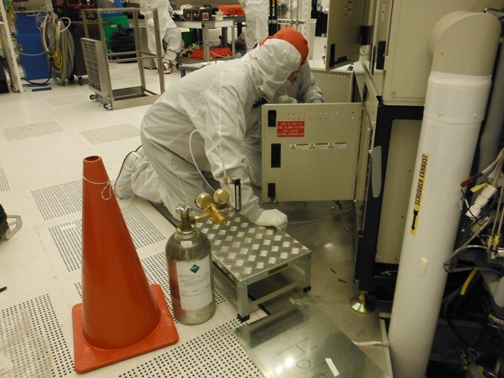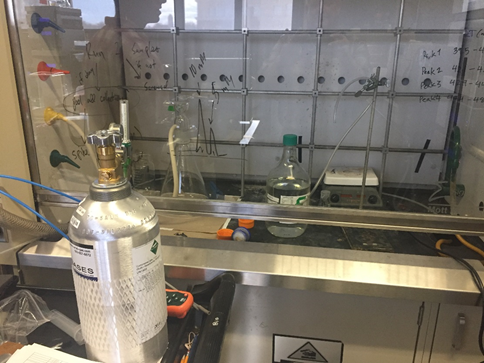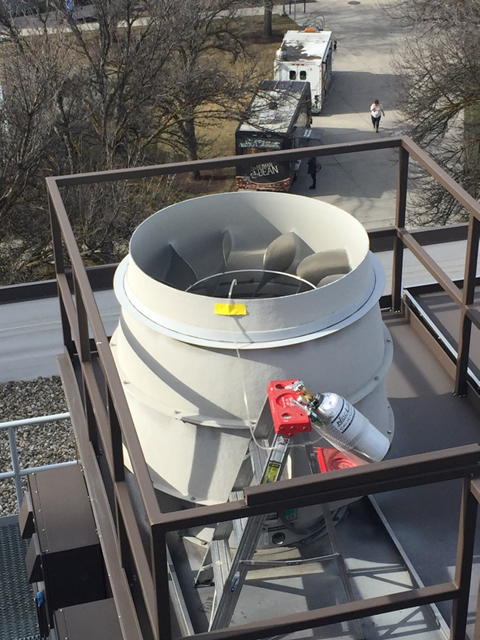Industrial Hygiene Resources (IHR) provides services in the detection and analysis of tracer gases for industrial applications. Tracer gases have many uses in industry including:
– Investigating the source of transient “mystery” odors
– Investigating re-entrainment pathways of materials from exhaust stacks or fume hoods
– Measuring building ventilation rates
– Determining if outside odor sources are entering building air supplies
– Characterization of hazardous gas releases
– Determining flow patterns and flow paths for chemicals
– Evaluating if community or industry evacuation safe areas are correctly located
– Determine chemical pathways within a building
– Evaluating hazardous chemical capture and containment
Tracer gases are used to simulate the behavior of chemical gases, fumes, or odors by releasing a surrogate material that can be easily be detected in the parts-per-trillion range. The basic idea is that the flow pathways available to the tracer gas are also available to the chemicals of interest. Tracer gases are selected based on their very low toxicity, non-flammability, and absence in the industrial setting being investigated. Sulfur hexafluoride (SF6), for example, is a good tracer gas candidate since it is odourless, non-hazardous, can be detected at very low levels, and it is not normally present within industrial settings.
Low concentrations of a tracer gas can be released at defined locations within a building and then assessed if it can be detected in another area, another building, at the supply air intake, or other areas of interest. Similarly, a tracer gas can be released at a point source outside the building to determine if the tracer can be detected entering the building of interest. By assessing the times of release, detection, and the concentrations, additional flow information can be obtained.
IHR has successfully used tracer gas studies for:






